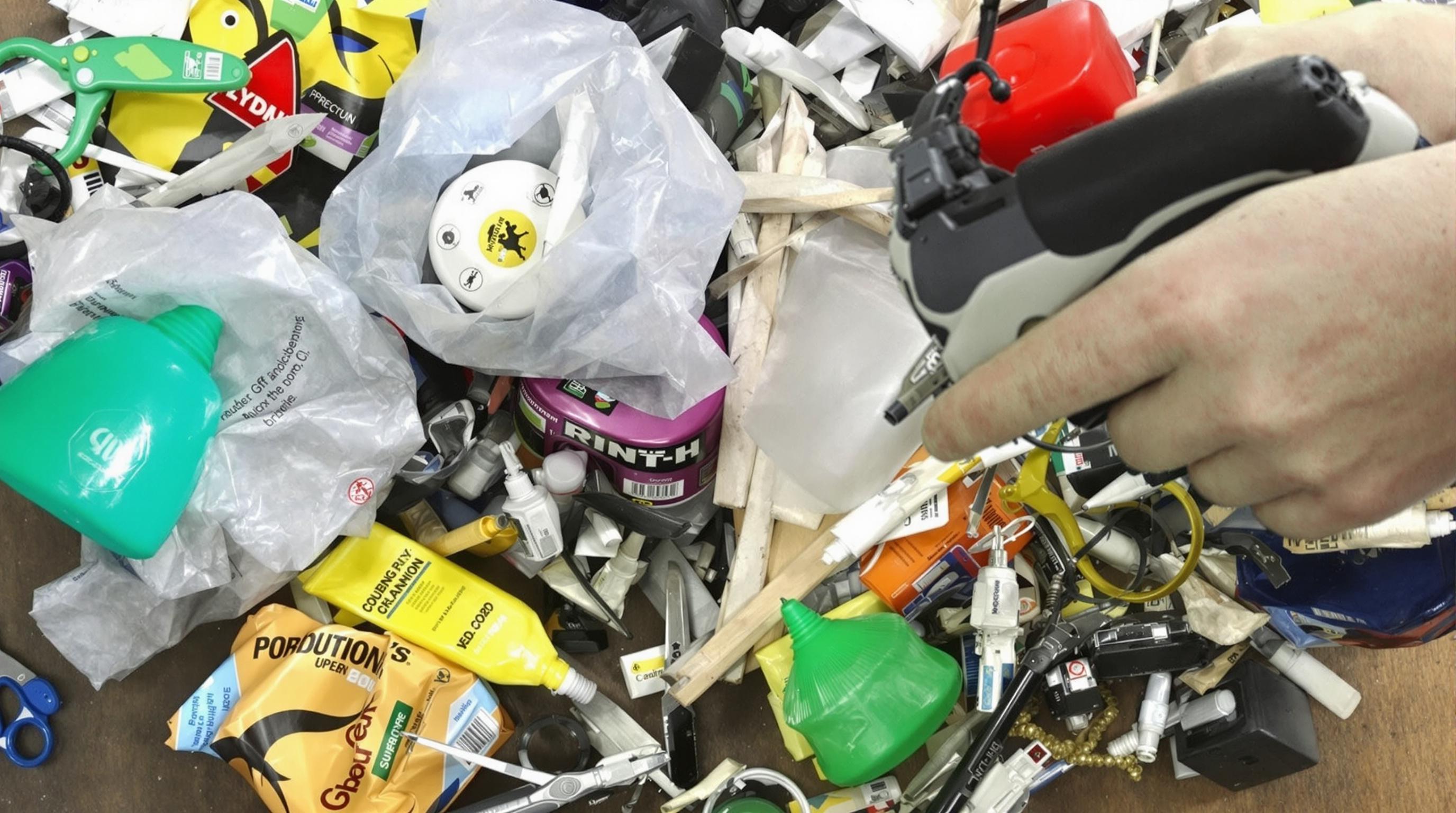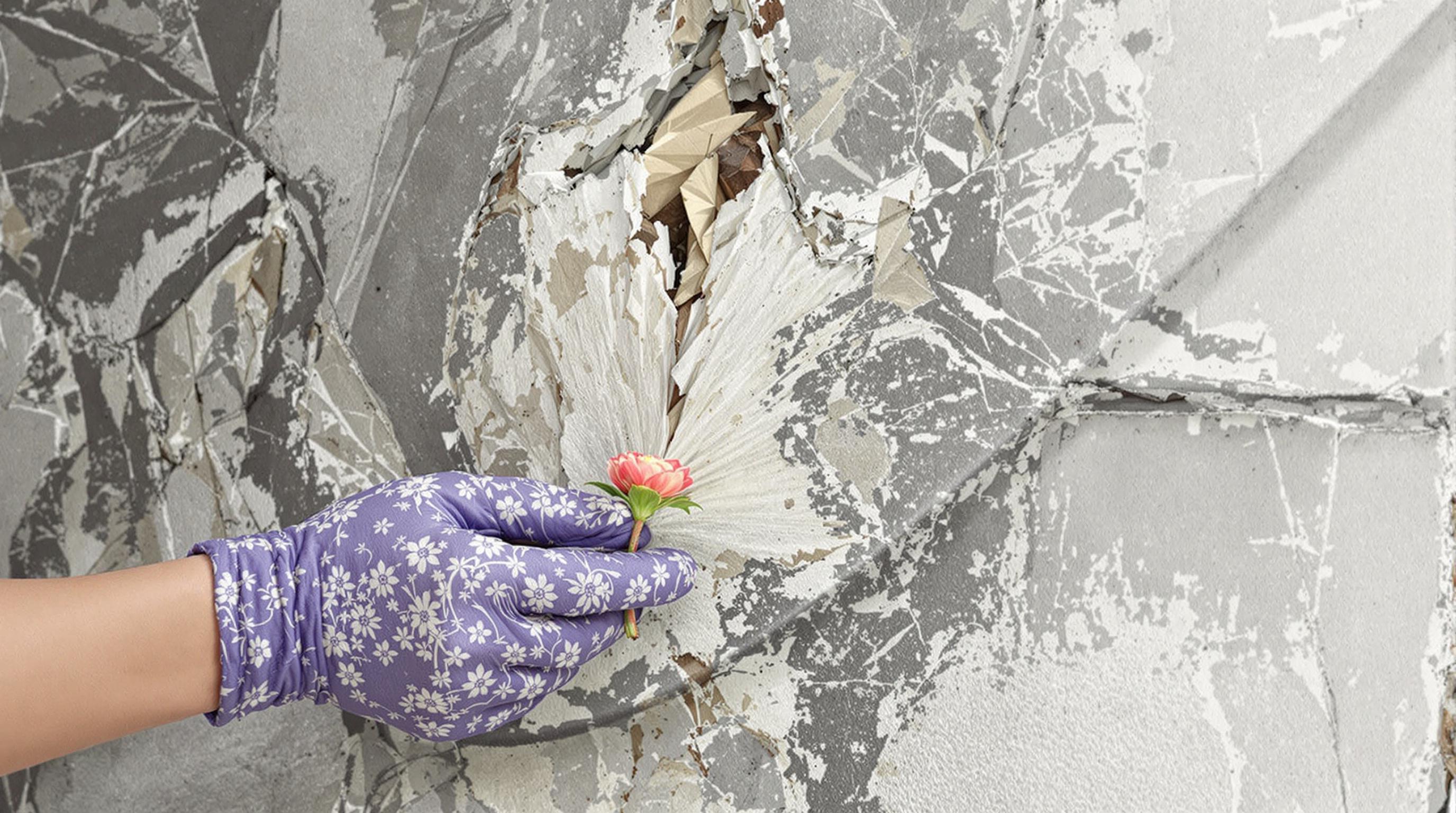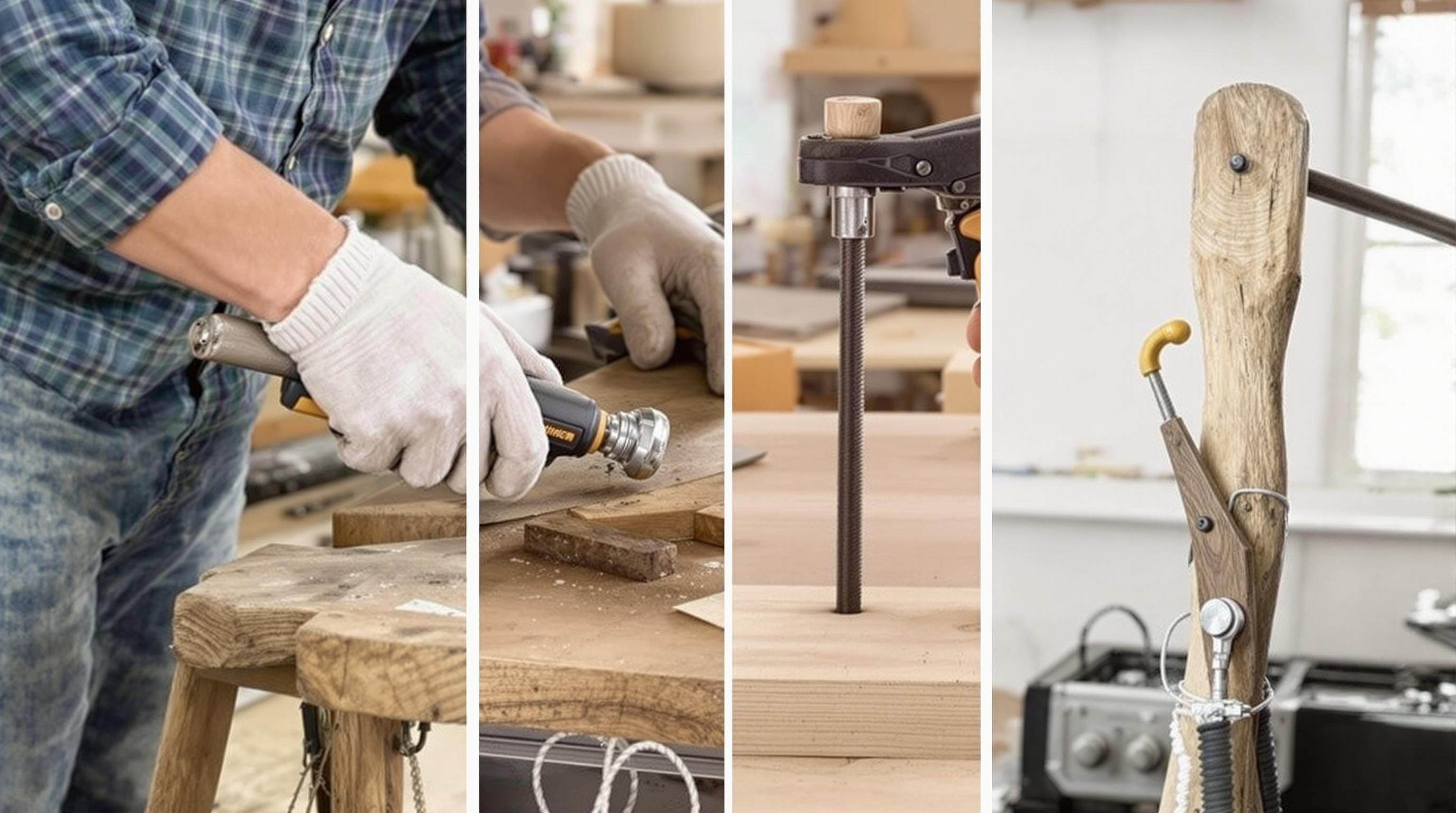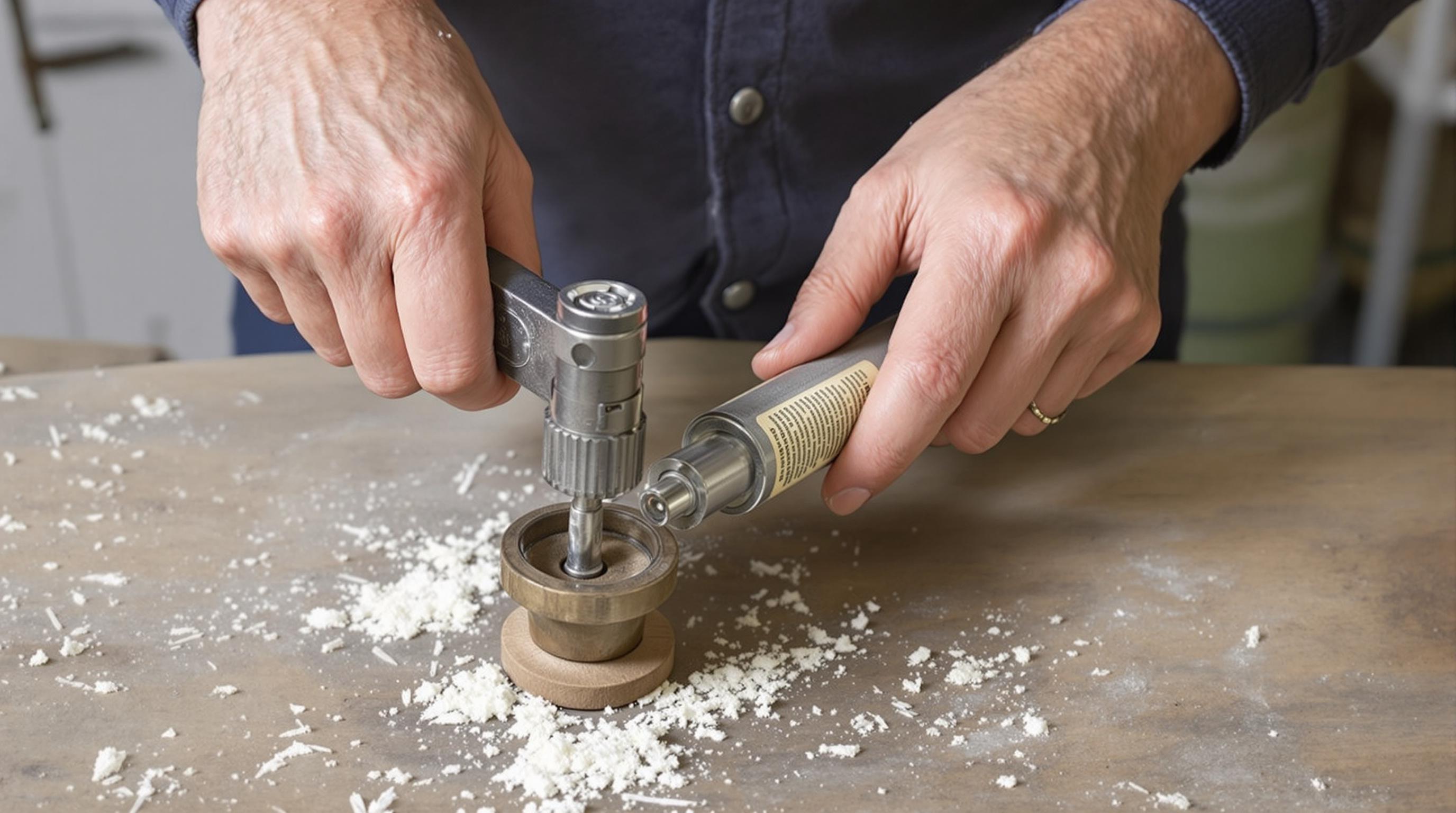Related Articles
- The Hidden Influence of Ergonomics: How Tool Design Shapes Our Physical Spaces and Daily Lives
- The Silent Influence: How Hidden Home Implements Shape Our Daily Routines and Spaces
- The Counterintuitive Role of Chaos: How Messy Tool Storage Can Lead to Unexpected Home Innovations
- Exploring the Unseen: How Audio Experiences Shape the Art of Domestic Spaces and Color Perception
- Rethinking the Mundane: How Everyday Objects are Becoming the Canvas for Modern Artistic Expression in Home Spaces
- Cultivating Chaos: The Surprising Benefits of Embracing Weeds in Your Garden Ecosystem
Revolutionary Upcycling: Transforming Household Waste into Handy Repair Solutions
Revolutionary Upcycling: Transforming Household Waste into Handy Repair Solutions
Revolutionary upcycling is reshaping how we view household waste, converting it from disposable items into clever repair solutions for everyday issues. This article explores the innovative techniques, practical examples, and inspirational stories that showcase the power of creativity and resourcefulness in tackling both waste and repair challenges.
The Upsurge of Upcycling
What is it about upcycling that has captured the imaginations of individuals and communities alike? Perhaps it’s the creativity involved, or the ongoing quest for sustainability in a world overwhelmed by consumerism. Statistically, around 2.1 billion tons of waste is produced globally each year (World Bank, 2022), much of it being household waste that could be repurposed into something useful.
The Psychology of Waste: A Personal Journey
Allow me to share my story. At 23 years old and overwhelmed with the mountain of belongings I had collected through years of consumer habits, I stumbled upon the world of upcycling. Fueled by the need to declutter while discovering new hobbies, I began transforming items, like an old wine bottle into a stylish vase. You wouldn’t believe how many compliments I received at dinner parties! It became evident that with every piece I transformed, I was not only clearing space but also breathing new life into something that might otherwise be tossed aside.
Common Household Items and Their Possible Reparations
Let’s delve into some innovative repair solutions using common household items. Consider this: a broken chair doesn’t have to meet its fate at the landfill. Instead, you can take the legs and transform them into decorative plant stands. If your favorite mug develops a crack, it could get turned into a quirky bird feeder! The key here is to see possibilities where others see trash.
The Environmental Impact
It’s not just about personal satisfaction; the environmental impact of upcycling should not be underestimated. By reusing materials, we save landfill space and reduce the demand for new resources. A 2021 report by the Ellen MacArthur Foundation highlighted that upcycling could reduce greenhouse gas emissions from the fashion industry by 45%. So, every effort counts, whether you’re making a phone holder from a juice carton or a storage box from an old sweater.
Humor on Upcycling Fails
Let’s take a moment to acknowledge the undeniable fact that not all upcycling attempts go according to plan. Who hasn’t tried to create a chic set of coasters from bottle caps only to end up with a glitter disaster? Or mistakenly turning old T-shirts into an unrecognizable pile of fabric rather than a trendy tote bag? Embrace the mishaps—more often than not, they lead to hilarious stories. Just think of it as “designing with a twist.”
Repurposing Techniques That Shine
One of the easiest ways to integrate upcycling into daily life is through repair techniques. For example, if you have a favorite pair of jeans that have seen better days, don’t throw them away—turn them into a stylish denim bag! All you need is a few stitches here and there, and voila! You’re sporting a trendy accessory instead of wearing out your heart over a ripped pair.
Case Study: Community Upcycling Workshops
Let’s have a look at a successful initiative. In Portland, Oregon, a community center launched an upcycling workshop series aimed at teaching residents how to repair and reuse items. Over six months, the center saw a 30% decrease in waste collected in the community. Through hands-on sessions, participants turned old t-shirts into reusable shopping bags and broken furniture into art. The sense of accomplishment experienced by attendees not only fostered community bonds but also inspired them to explore sustainable lifestyles further.
Creative Mindset: Tricks to Transform Trash into Treasure
Adopting a creative mindset is crucial for successful upcycling. For instance, when faced with an old ladder that can no longer support your climbing needs, why not turn it into a rustic bookshelf? With just a lick of paint and a few brackets, you can create an eye-catching display for your beloved novels while keeping the item out of the trash.
A Day in the Future: Visionary Upcyclers
Imagine a world where waste is virtually non-existent. You wake up in a house full of unique design elements, each narrating stories of transformation. Your couch is shifted into a fabulous garden bench made from reclaimed wood, and your kitchen features clever upcycled storage solutions. This future is within reach, but it requires us to challenge our mindsets about waste and resources.
Getting Started with Your Own Upcycling Projects
So, where can you begin? Start with items that you already own and are on the verge of disposal. Check your wardrobe for clothes that you haven’t worn in ages. Search your garage for broken tools or old furniture. Get creative and let your imagination lead the way! Remember, Pinterest and YouTube are treasure troves of inspiration filled with tutorials and DIY guides to help kickstart your ventures.
Statistics That Inspire
Did you know that converting just 40% of our waste into upcycled products could generate over $500 billion in economic value (McKinsey & Company, 2020)? The possibilities are vast when we consider global impacts and economic benefits that creative repurposing can bring to society. By nurturing ideas and sharing them, we foster a culture of creativity and responsibility.
Practical Tips for Everyday Upcyclers
As an aspiring upcycler, keep these tips in mind:
- Be open-minded: Look for new uses for everyday items.
- Experiment: Don’t fear failure; it often leads to breakthroughs.
- Get social: Share your projects on social media for encouragement and collaboration.
- Stay inspired: Follow upcycling influencers and blogs for ideas.
Conclusion: A Call to Upcycle for a Better Tomorrow
In conclusion, revolutionary upcycling is not just about turning trash into treasure; it's about fostering creativity, reducing waste, and linking ourselves back to our resources. As you explore your capabilities in re-imagining what you consider to be waste, you become part of a larger movement toward sustainable living. What innovative repairs can you come up with right now, and how can you encourage those around you to engage in this transformative practice? The future of upcycling is bright, and it all begins with a single, creative thought.





